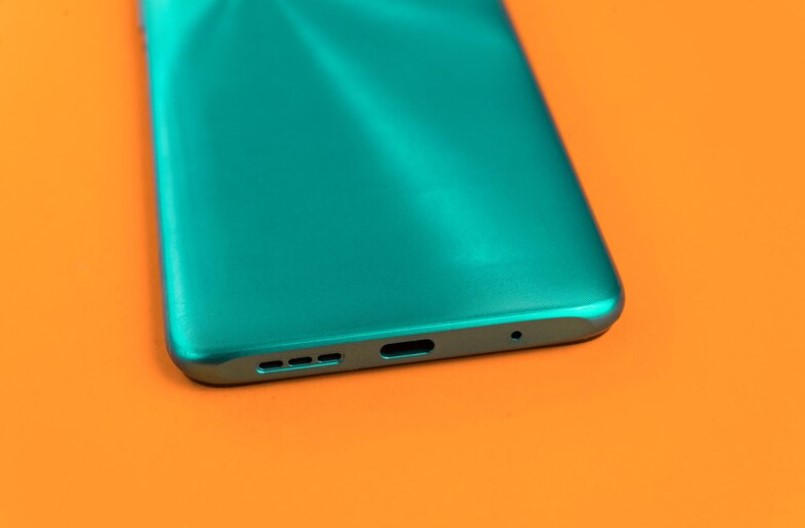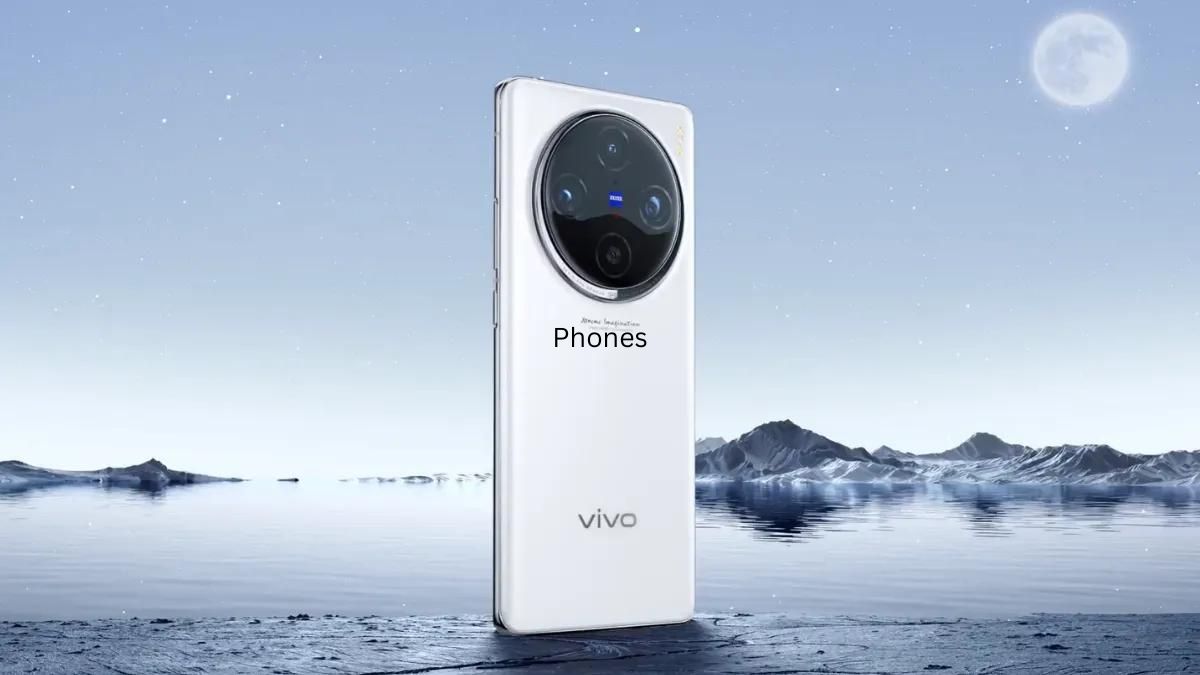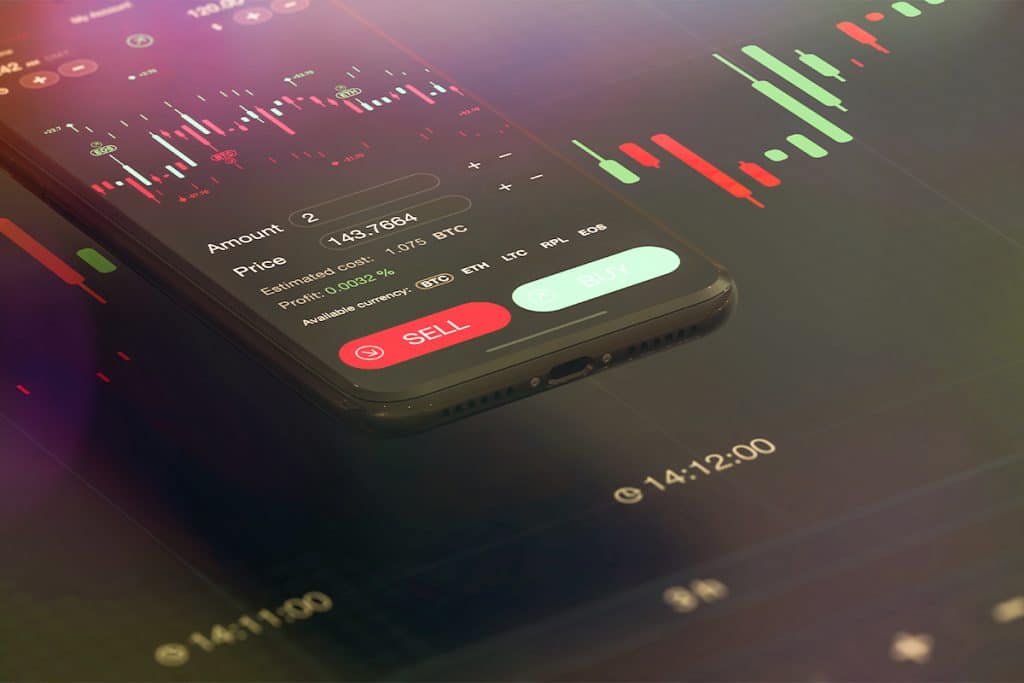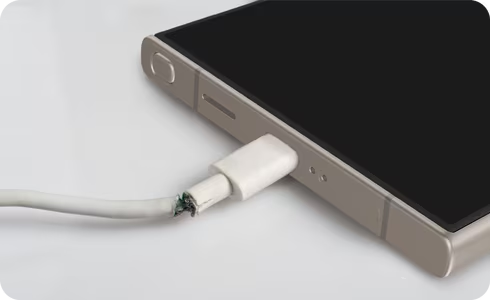In recent years foldable smartphones have captured the imagination of tech enthusiasts and everyday users alike. Samsung, a pioneer in this field, has led the charge with its innovative foldable devices. One common question that arises regarding these devices is whether Samsung’s foldable screens are made of plastic. This article delves into the nature of Samsung’s foldable screens examining their construction durability and the role of plastic in their design.
Understanding Foldable Screen Technology
Before we dive into the specifics of Samsung’s foldable screens it’s essential to understand the underlying technology that makes foldable smartphones possible. Foldable screens utilize flexible display technology which allows the screen to bend and fold without breaking. This innovation combines materials and engineering techniques to achieve a balance between flexibility and durability.
The Basics of Flexible Displays
Flexible displays are built on a foundation of thin lightweight materials that can bend without compromising the display’s functionality. The core components include:
- OLED Panels: Organic Light Emitting Diodes (OLED) technology is commonly used in flexible displays. OLED panels are thinner and more flexible than traditional LCD panels making them suitable for foldable screens.
- Plastic Substrates: To achieve flexibility OLED panels are often mounted on plastic substrates rather than rigid glass. This plastic layer provides the necessary flexibility while maintaining the integrity of the display.
- Protective Layers: Foldable screens also incorporate protective layers to shield the OLED panel and enhance durability. These layers help resist scratches, impacts and other forms of damage.
Samsung’s Approach to Foldable Screens
Samsung’s foldable smartphones including the Galaxy Z Fold and Galaxy Z Flip series utilize advanced display technology to offer users a unique and versatile experience. Samsung has invested heavily in developing foldable displays that combine durability with flexibility.
Are Samsung Fold Screens Plastic?
The straightforward answer to this question is that while Samsung’s foldable screens do incorporate plastic elements they are not entirely made of plastic. Instead they use a combination of materials to achieve their foldable and flexible properties. Here’s a closer look at the materials involved:
The Role of Plastic in Samsung Foldable Screens
Plastic plays a crucial role in Samsung’s foldable screens but it is not the sole material. The key aspects include:
- Plastic Substrates: The underlying layer of Samsung’s foldable screens is a plastic substrate which replaces traditional glass in flexible displays. This plastic layer allows the screen to bend and fold without breaking.
- Protective Films: Samsung’s foldable screens are coated with a thin protective plastic film. This film serves as a barrier against scratches and impacts contributing to the screen’s overall durability.
- Cover Glass: While the main display is flexible the cover screen (the outer screen when the device is folded) often uses a more traditional glass-like material. This glass provides a smooth surface and helps protect the display when the device is not in use.
The Advantages of Using Plastic
Plastic substrates and protective films offer several advantages in foldable screen technology:
- Flexibility: Plastic materials are inherently more flexible than glass allowing the screen to bend and fold without damage.
- Lightweight: Plastic is lighter than glass which helps keep the overall weight of the device down and makes the foldable phone more portable.
- Durability: The protective plastic film adds an extra layer of defense against scratches and other minor damage enhancing the longevity of the device.
The Limitations of Plastic
Despite its advantages plastic does have some limitations:
- Scratch Resistance: Plastic can be more susceptible to scratches compared to glass. Although the protective film helps mitigate this issue, users should still handle the device with care.
- Visual Quality: Plastic may not offer the same level of optical clarity as glass. However advancements in display technology have minimized any noticeable differences in visual quality.
- Long-Term Durability: The longevity of plastic materials can be a concern especially with repeated folding and unfolding. Samsung has made significant improvements in this area but it’s still a factor to consider.
Samsung’s Foldable Devices and Plastic Use
To understand how plastic is utilized in Samsung’s foldable phones let’s explore specific models and their design:
Samsung Galaxy Z Fold Series
The Galaxy Z Fold series features a large foldable main display that unfolds to provide a tablet-like experience. The design incorporates:
- Plastic Substrate: The main display is mounted on a plastic substrate allowing it to fold and unfold smoothly.
- Protective Film: A thin plastic film covers the OLED panel to protect it from scratches and minor damage.
- Cover Glass: The cover screen which is visible when the device is folded uses a glass-like material for a more traditional touch experience.
Samsung Galaxy Z Flip Series
The Galaxy Z Flip series adopts a clamshell design with a vertically folding screen. Its construction includes:
- Plastic Substrate: Like the Galaxy Z Fold the Galaxy Z Flip’s main display is based on a plastic substrate for flexibility.
- Protective Film: A protective plastic film covers the screen to enhance its durability and resistance to scratches.
- Cover Glass: The small cover display on the front of the device uses a glass-like material.
Durability and Maintenance of Plastic Screens
When it comes to maintaining and caring for foldable screens users should be aware of a few key points:
Handling and Care
- Avoid Sharp Objects: To prevent scratches avoid placing sharp objects near the foldable screen or pressing on the screen with hard objects.
- Clean Regularly: Use a soft lint-free cloth to clean the screen. Avoid using harsh chemicals or abrasive materials that could damage the protective film.
Screen Protection
- Use a Case: A protective case can help shield the device from impacts and prevent accidental damage.
- Avoid Extreme Conditions: Keep the device away from extreme temperatures and moisture to maintain the longevity of the screen.
The Future of Foldable Screens
As foldable technology continues to evolve manufacturers including Samsung are working on addressing the limitations of plastic and improving the overall user experience. Future advancements may include:
- Improved Materials: Research into alternative materials that combine flexibility with enhanced durability could lead to even more resilient foldable screens.
- Enhanced Durability: Innovations in protective films and substrates may offer better scratch resistance and longevity.
- Design Refinements: Future devices may feature design improvements that reduce the impact of plastic’s limitations while maintaining flexibility and functionality.
Conclusion
Samsung’s foldable screens incorporate plastic elements, but they are not entirely made of plastic. Click here to see how the use of plastic substrates and protective films is essential for achieving the flexibility and foldability of these devices. Samsung has made significant strides in balancing the advantages of plastic with the need for durability and performance. As technology advances, we can expect continued improvements in foldable screens, addressing current limitations and enhancing the overall user experience. For now, Samsung’s foldable phones represent a remarkable fusion of innovation and practicality, paving the way for the future of mobile technology.











